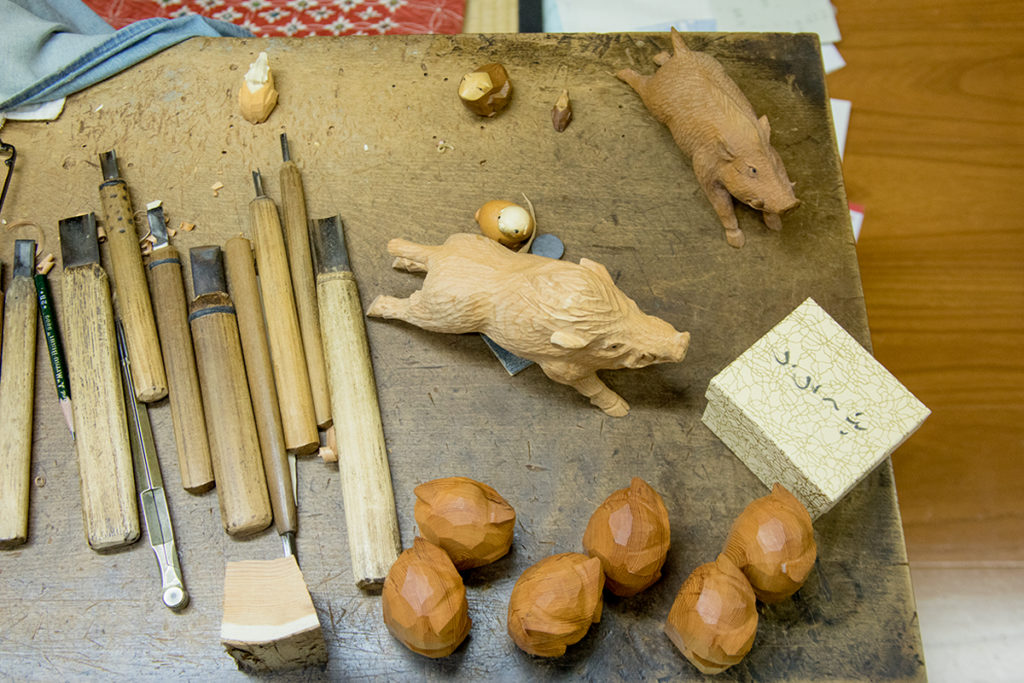The long journey of buri, a fish that comes of age
I heard an interesting story. In the Sea of Japan region, there are two cultural spheres of Buri (Yellowtail) and Salmon, where the food culture changes drastically. The boundary line is the Itoigawa-Shizuoka Tectonic Line. Salmon is eaten on the northeast side, while Buri is eaten on the southwest. Both were served at the “Toshitori” event to see in the New Year.
The reason why buri is used for such celebrations is because it is the undisputed king of fish that change name as they grow up. In Kanto, it starts as the juvenile fish Wakanago and Wakashi, then becomes Inada and Warasa. In Kansai, buri goes through several stages before reaching its final form: Mojako, Wakana, Tsubasu, Hamachi, and Mejiro. As form and flavor change in line with growth, they are treated as completely different fish. It is said that in the olden days, upon coming of age a person would change his or her name from a child’s name to an adult’s name to celebrate becoming a member of society, and this explains why fish that change their names are revered as good luck charms.
PAPERSKY headed for Toyama Bay, home to the Buri. In the Edo period, midwinter Buri landed in Etchu (Toyama) were highly valued as fish served with white rice on New Year’s Eve. Back then, they would eat Buri as a celebratory meal. Especially in Matsumoto, Shinshu, “Hida Buri” from Etchu was indispensable for the New Year’s celebratory meal.
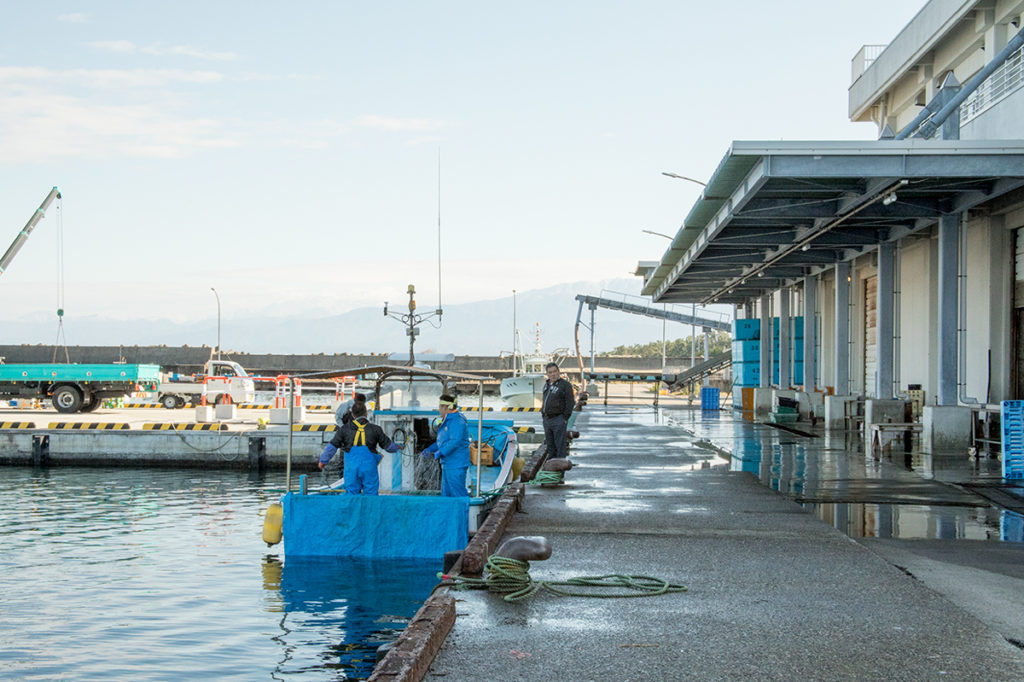

In December, Buri was caught in Toyama Bay. At the port, it was salted and placed on the back of an ox and taken to a fish wholesaler in Takayama via the Hida Highway. The name of the fish is then re-branded as the “Hida Buri” and transported over the Nomugi Pass to faraway Shinshu. At some point, the Hida Highway – which was the thoroughfare for Buri – came to become known as the “Buri Highway”.
This time, PAPERSKY traveled the 80km Buri Trail from Toyama Bay in Toyama Prefecture to Takayama in Gifu Prefecture. From Toyama Bay, the route goes south along the Etchu Highway to Kamioka and Hida Takayama via the “Kagono Watashi” basket ferry at the Inotani checkpoint. Our starting point was Iwase fishing port at the mouth of the Jinzu River. Our guest is Benjamin, an American with a penchant for exploring and bicycle touring. He got to know PAPERSKY editor Lucas through cycling and ended up coming along for the hike. The group sets off at a leisurely pace while gazing at the snow-covered peaks of the Tateyama Mountain Range in the Northern Alps.
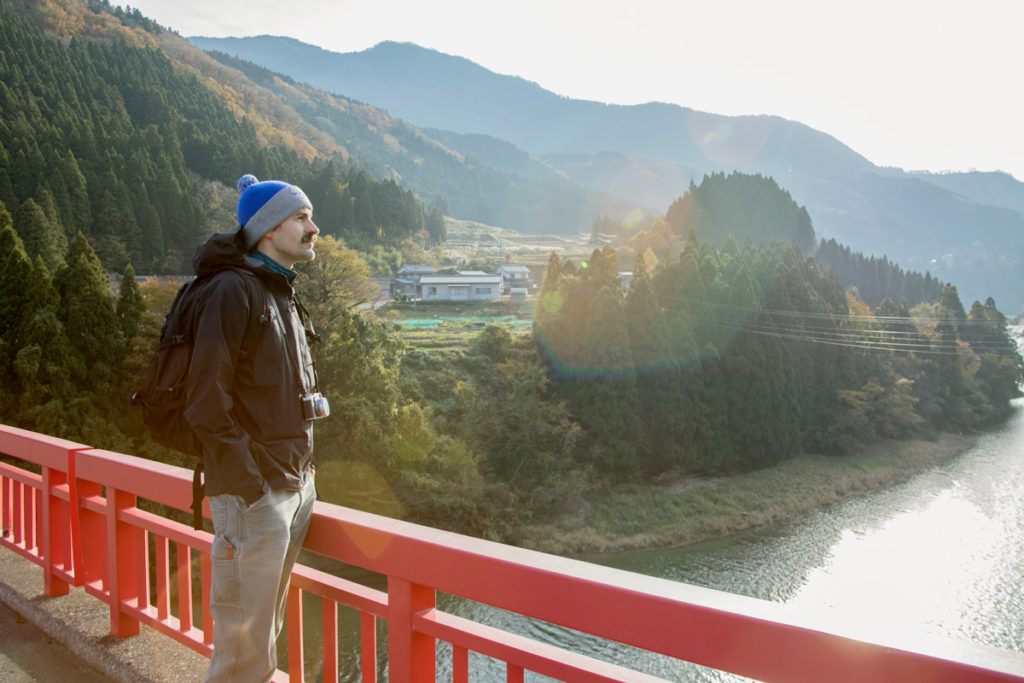
The first port of call is the old town of Higashi-Iwase, which flourished from the end of the Edo period to the Meiji period thanks to the trading of cargo ships in the Japan Sea. It is also an inn town on the Hokkoku Kaidō highway with various buildings from the Meiji era still standing, notably the Mori family, an erstwhile shipping agent. Having learned that triangular dorayaki is a specialty of Iwase we head straight to Otsuka-ya, the town’s Japanese traditional confectioner, to get our hands on some. In the center of Toyama City, we pop into the folk museum located within Toyama Castle. The Etchu-Toyama clan, which is sandwiched between the Kaga domain to the east and west, had a hereditary stipend of 100,000 koku at the time. Toyama City is its castle town. Although only 1/10 of the size of “Kaga 1 million koku”, the town prospered greatly due to the medicine trade.
“The Toyama clan was a branch of the Maeda family, and the second lord, Masatoshi Maeda, who suffered economic hardship due to the flooding of the Jinzu River, encouraged industry to change the economic base that was solely dependent on rice. As a result, the pharmaceutical industry developed, and by the late Edo period, the city had become one of the top ten cities in Japan in terms of population size. There were lots of people coming and going, and pharmaceutical traders went back and forth to Hida along the Buri Highway.” Explains the museum curator Mr.Sakamoto.
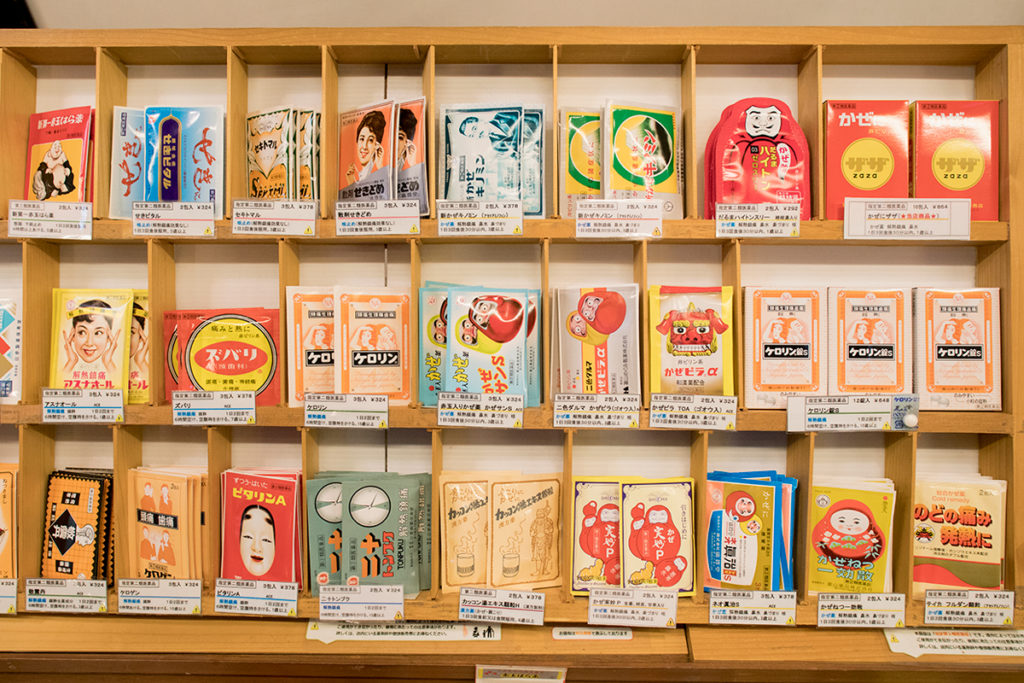
Toyama’s medicine peddlers swept the nation with their “first use, then profit” approach to medicine. At the Ikeda Yasube Store in the city, you can enjoy the atmosphere of an old-fashioned apothecary. Shortly after the war, the shop started manufacturing “Etchu-Toyama no Tankon Dan,” which dominated the market in the Edo period, and can still be purchased to this day.
Now, time to stroll along the Etchu Highway, a stone’s throw from the Jinzu River, and go further south through Toyama City. At Sasazu, the road splits into the Etchu Kaido and the Nishi Kaido, but we take the less-trafficked Higashi Kaido to Higashi Inotani. It is a picturesque road overlooking the Jinzu River No. 1 Dam.
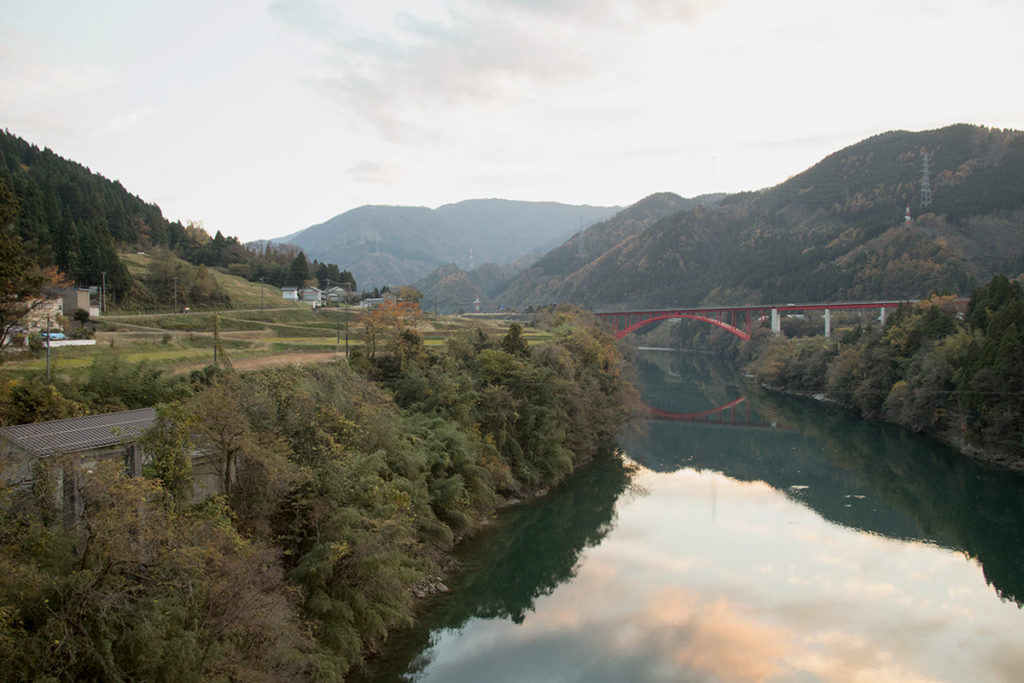
The second day starts at the Inotani Checkpoint Museum, which exhibits materials related to the “basket ferry.” This “basket ferry” (known as “kago no watashi”), is one of the highlights of the first half of the Buri Highway. In addition to the Buri Highway, the Inotani Checkpoint Museum exhibits materials on the West and East Inotani Checkpoints, the basket ferry, and the Enkū Buddha. With its stunning canyon, the Jinzu Gorge is one of Toyama’s most stunning scenic spot, but its rugged terrain has long tormented travelers. Because of the precipitous cliffs that flank both sides, bridges could not be built, and people had to cross the 20-meter wide Jinzu river by hanging baskets made of wild grapes and wisteria vines from ropes on the cliffs of the V-shaped gorge. This is the “Basket Ferry” that Utagawa Hiroshige depicted in his “Pictures of Famous Places in the Sixty-odd Provinces”. In the checkpoint museum, this “basket ferry” has been reconstructed, and the storytelling of the director, Mr. Hayashi, will draw you in, giving you a glimpse into this magnificent historical world.
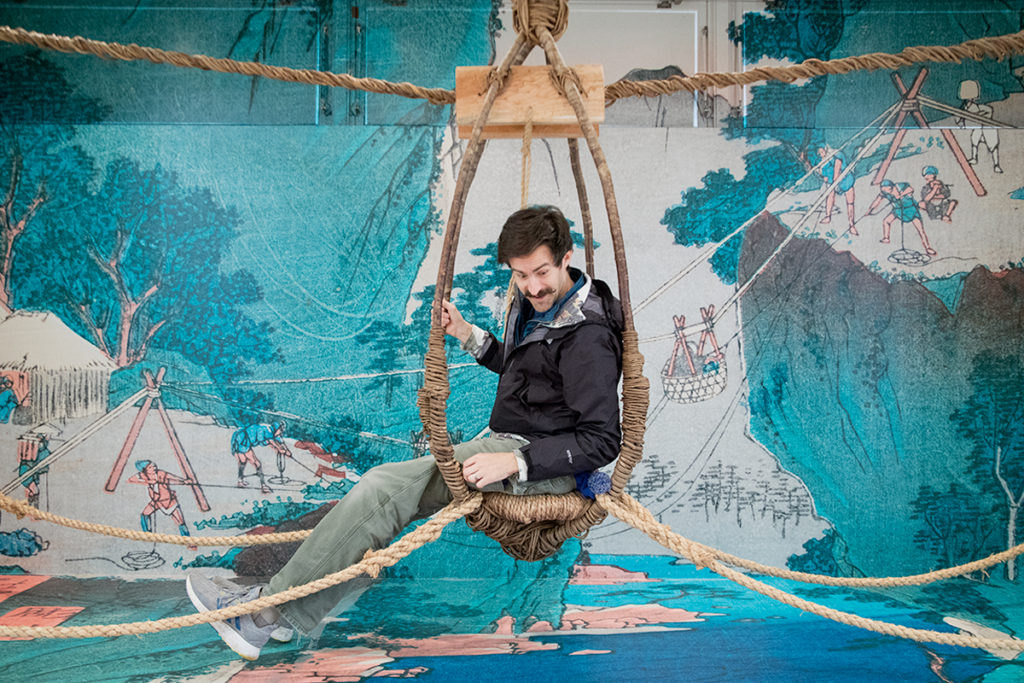
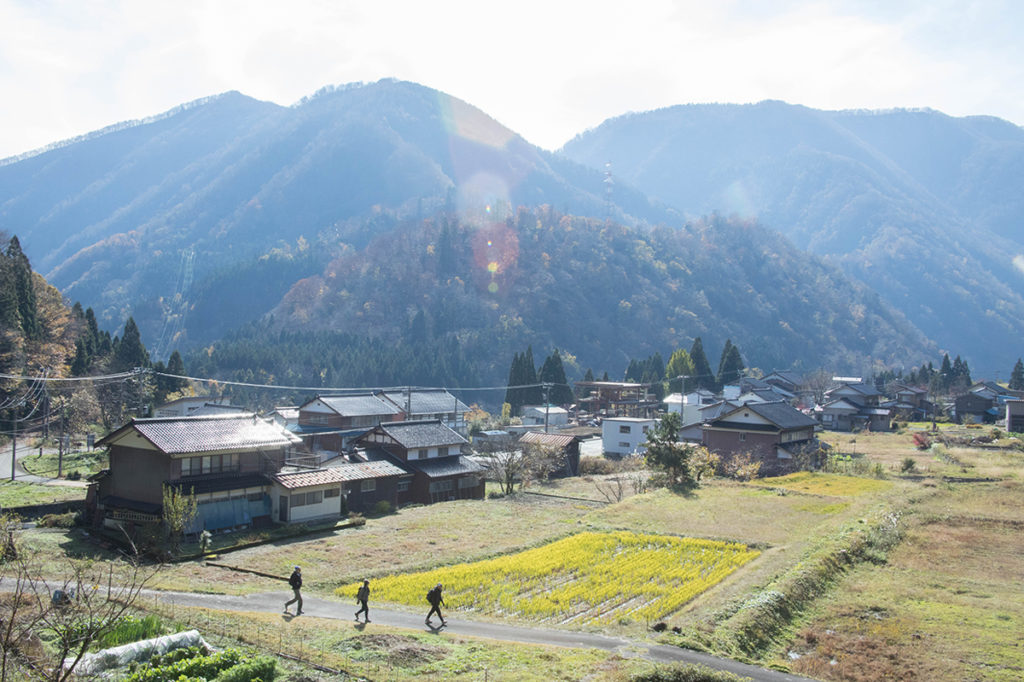
We leave Inotani behind, and head in the direction of Hida Furukawa along the highway. Incidentally, this Buri Highway may well be better known these days as the “Nobel Highway”. It is called this because four of the twelve researchers who have won the Nobel Prize so far, including Koichi Tanaka and Masatoshi Koshiba, have been associated with this road that runs from Toyama to Takayama. Kamioka is also home to the University of Tokyo’s Institute for Cosmic Ray Research, known for its Super-Kamiokande underground neutrino observatory, another unique aspect of the “Nobel Road.”
After crossing the 13 Tomb Pass from Kamioka, we arrive at Youka-machi. In the Edo period, people traveled from Toyama to Takayama in three days and two nights, and Yoka-machi was the inn town where they stayed for the second day. Although it is only one block, it still retains the appearance of an inn town of that time. On the morning of the third day, we meet up with Mr. Akira Tanaka, a researcher of the Buri Highway based in Yoka-machi. He will be guiding us through the Imamura Pass to Takayama.
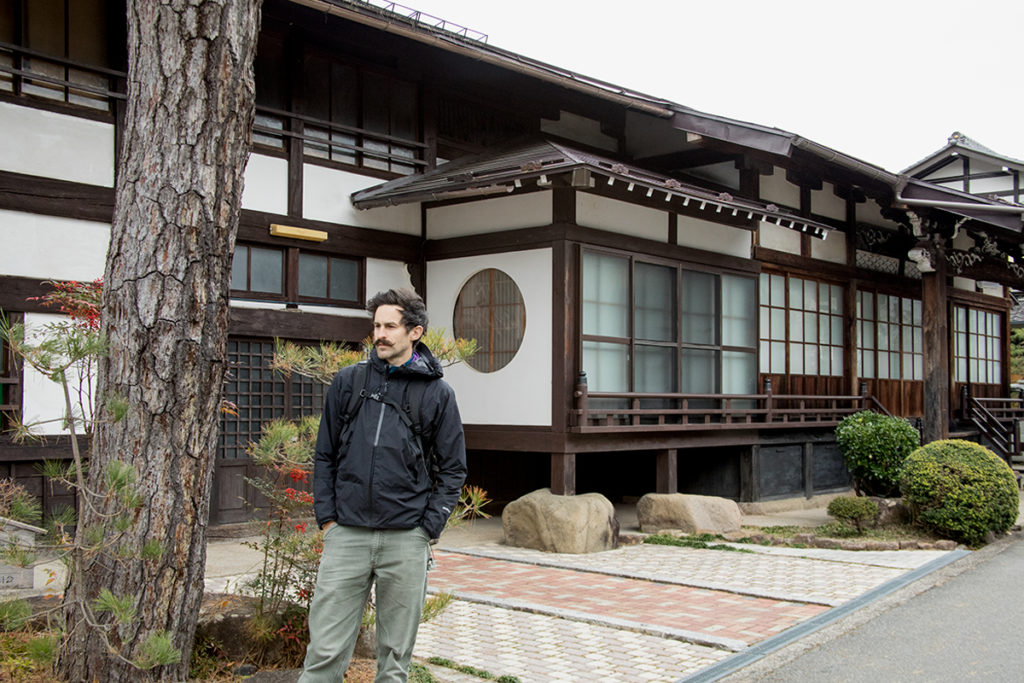
The Imamura Pass, the only unpaved pass between Toyama Bay and Takayama, functioned as the shortest route between Kamioka and Takayama until it was abolished in the Taisho era. There are magnificent magnolia trees growing wild all around. In late autumn, the locals apparently come here to collect the magnolia leaves.
Mr.Tanaka explains: “After the leaves are picked up, they are soaked in salt water, stretched out, and dried in the shade to preserve them. Dried magnolia leaves served with pickles and miso is a Hida-Takayama soul food, and I believe it was a local custom to bring the bounty of the mountains to the dinner table.”
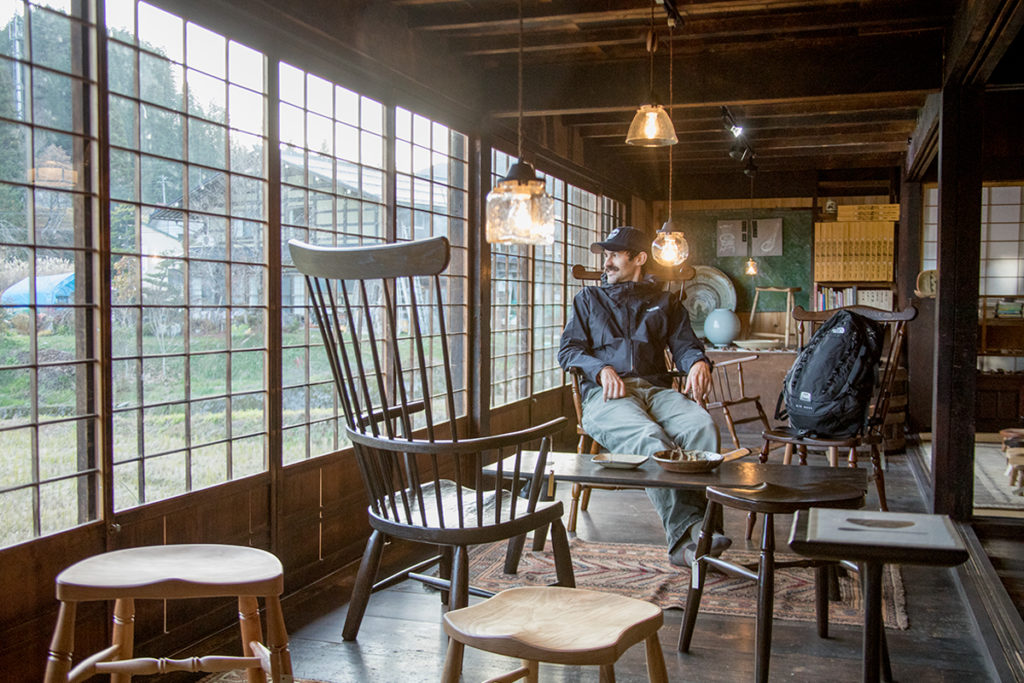
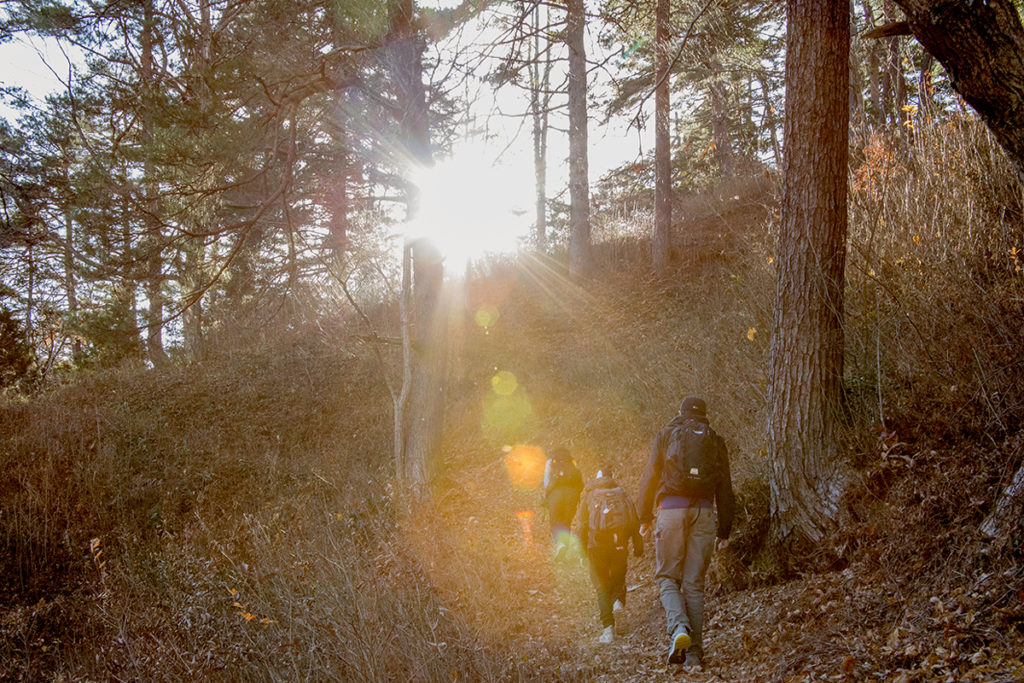
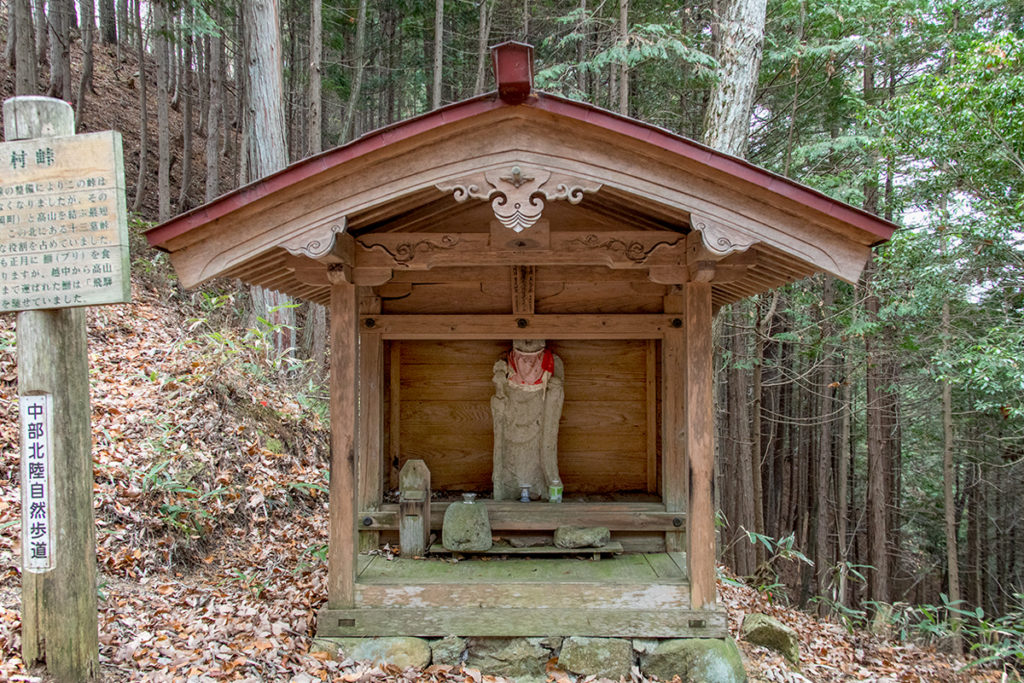
Once we are through the Imamura Pass, we have 8km to go to Takayama. As you approach the center of the city, the bustle befitting a castle town begins to appear. At the end of the old streets of stores and houses, we glimpse at a small monument, all that remains of the “Kawakami Fish Wholesaler”, the goal of the Buri Highway. Until the early Showa period, all buri from Toyama were assembled at the Kawakami Fish Wholesaler, where they commanded a high price as “Hida Buri”.
Our final stop was a trip to “Michiya Sushi Okimuraya” in the city, feasting on Buri sushi while reflecting on our trip.
“When you think that foot porters and travelers used to take three days to get here often with their cows in tow, one is reminded of the sheer luxury of eating food from the ocean while up in the mountains”, remarks Benjamin. In an age where everything is available everywhere, it is perhaps even more pertinent to carefully trace the process of the olden days.
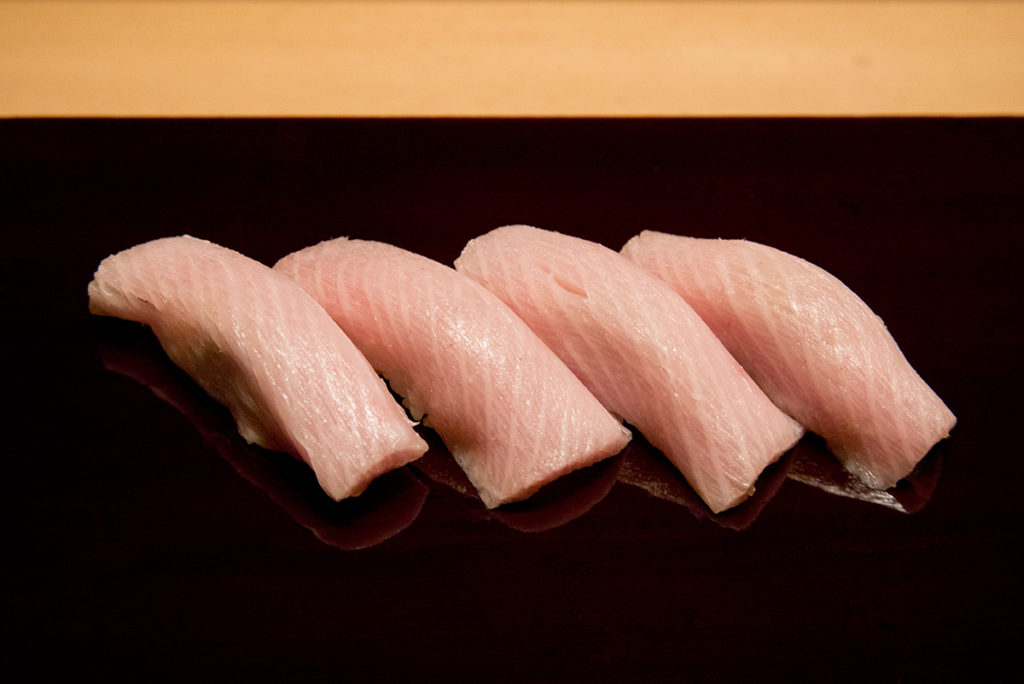
“The snow melt from the Northern Alps, which we saw in Toyama Bay, flows into the river and becomes nutrient-rich water that flows into the ocean. When I think about the fact that I’m eating it now, I realize that I’m part of the cycle of nature, and it’s because I’ve walked the entire highway that I was able to realize that.”
And so ends our sojourn from Toyama to Hida Takayama, from midwinter buri to Hida buri, following the fish that came of age. The remainder of the trip to Matsumoto will have to wait for another occasion.
